One-on-One Shoots: What to Do
My experience with one-on-one private shoots had only been limited to interacting with friends. In all cases, it had been people I was familiar and confident with, so none of the shoots ever involved any standard procedures or formalities.
However, when you do private shoots, it is important to always keep in mind that as a photographer you are required to protect yourself and your subject. In addition, you are required to make sure that your subject feels comfortable enough with you, so you get excellent photos that have natural poses and nice expressions.
During my experience at the Connecticut Slam, I had the opportunity of meeting several amazing models and photographers. Unfortunately, due to the dynamics of the event, there was little to zero opportunity to work with all of them.
That’s why it came in so handy that we all had to share our contact information. And that’s when Christine Bakes came along.
I checked in just a few seconds before she came through the door, but after that we had no chance to work together, at least not having her as a single model for me and the photographers working with me. Yet, I did manage to take a group shot in which she was included, and that’s how we ended up contacting, as we were all asked to share the pictures of everyone we photographed before they were published.
The Shoot
After that, we talked and we agreed that we may have some common creative ideas—do not forget that I am exploring portrait photography more now, but that was not my forte. Following a few messages, we convened in doing a waterfall shot (my idea, but a craving she had) just a few days later, and I proceeded to write the contract (even though it was a TFP or time-for-photos session, it is important to always do that).
Then, we also agreed that there had to be another person present. This is crucial for individual shots, mainly because we are going to be in a remote area. So, Christine chose to bring her boyfriend, who accompanied us throughout the whole shoot and provided a lot of support (and a very fun behind-the-scenes shot of me and her).
Apart from being beautiful friendly, and Christine was a trooper: she took of her shoes and got herself in the water, got her dress wet and posed in many ways either I (or her boyfriend) suggested or she came up with. She was willing to go lengths to produce a great photo, and ever her boyfriend let his hand for a closeup portrait. I think that’s why the results made us all so happy.
The photos were amazing, and we all a great time, then the editing process started, with me sending her all of the shots I thought to be the best, and her telling me her favorite ones.
I believe this experience was very rewarding. It also led to us coming up with a whole new idea for Spooky Season. Halloween is coming, and it is definitely going to be a lot of fun in New England.
With all that, I decided not only to use Christine’s photos on my gallery, but also to write step-by-step guide that I intend to follow every single time I plan on an individual shoot with a model.
The To-Do List
My to-do-list includes some basic steps I will follow from now on, and I thought it would be interesting to share it with my readers. We should try to keep the industry alive, and one way to do that is to keep ourselves busy and to share knowledge and experience with everyone.
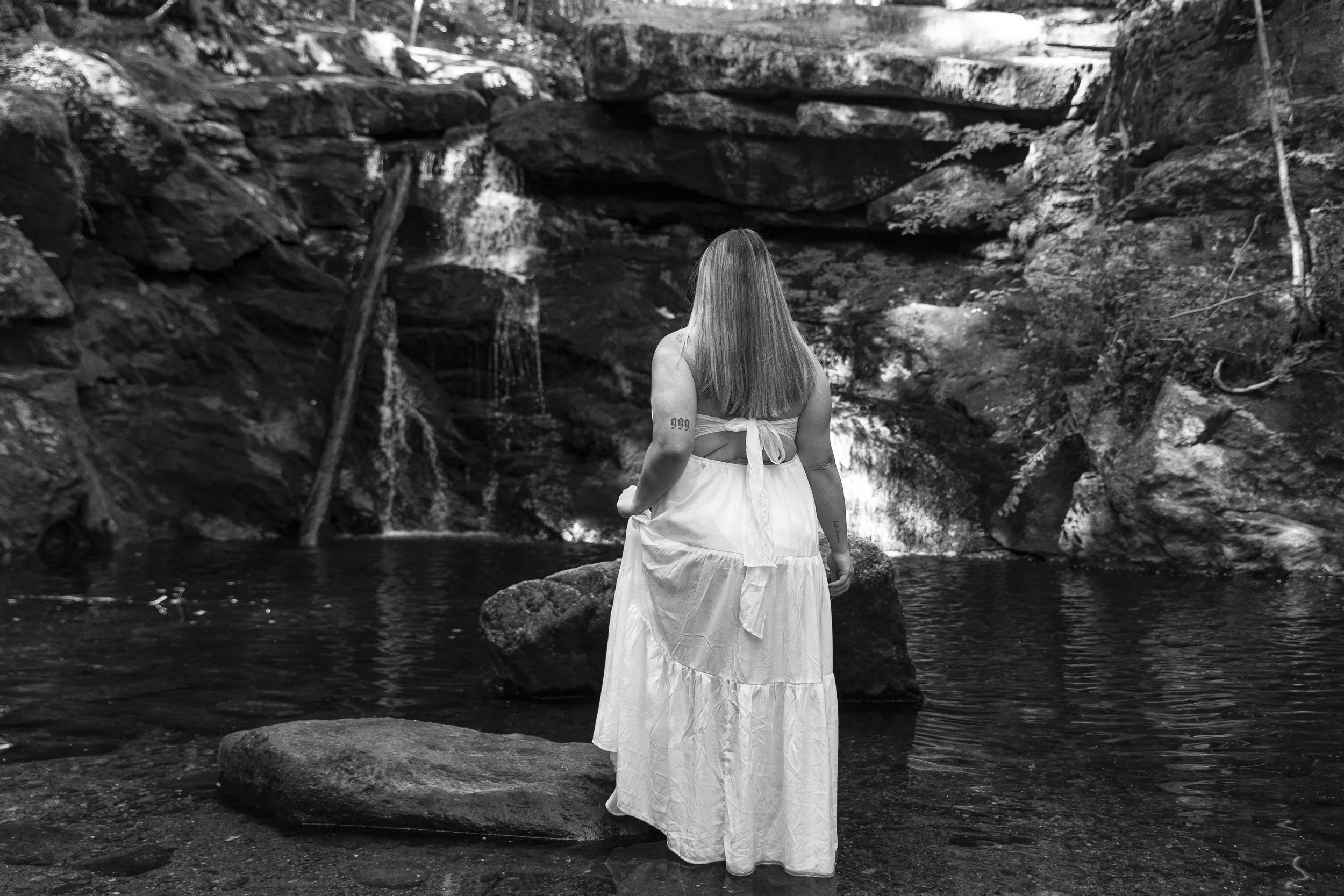
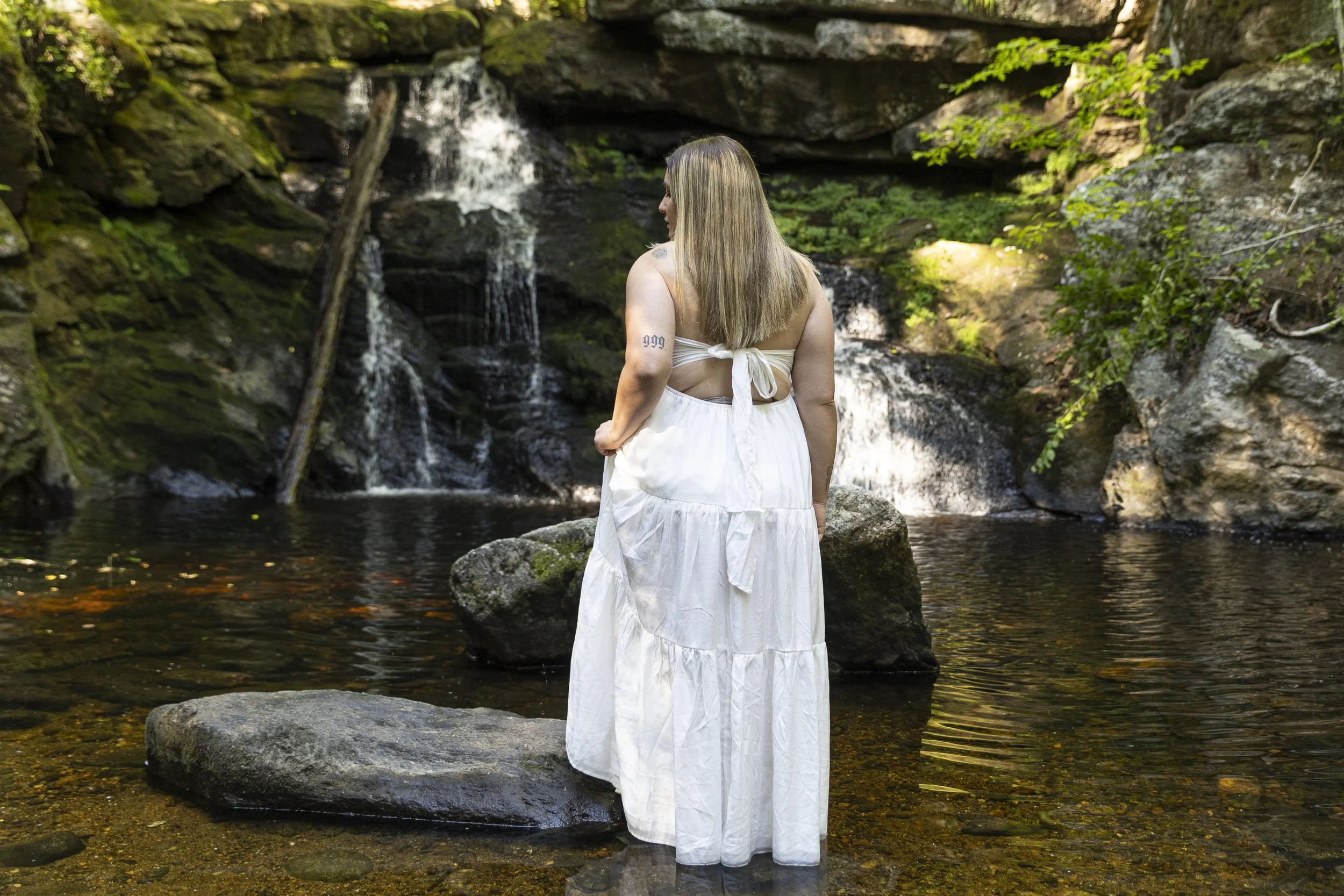
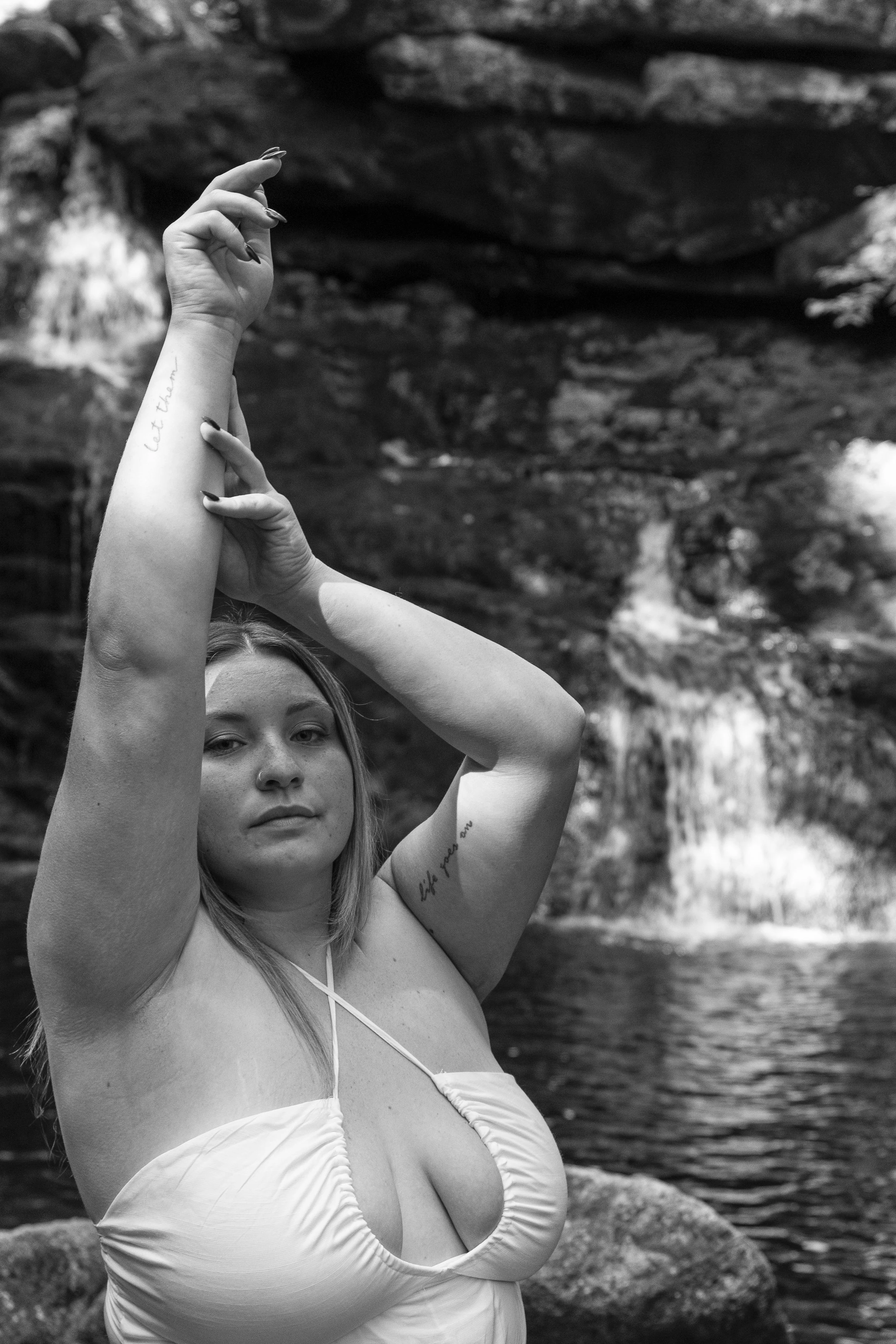
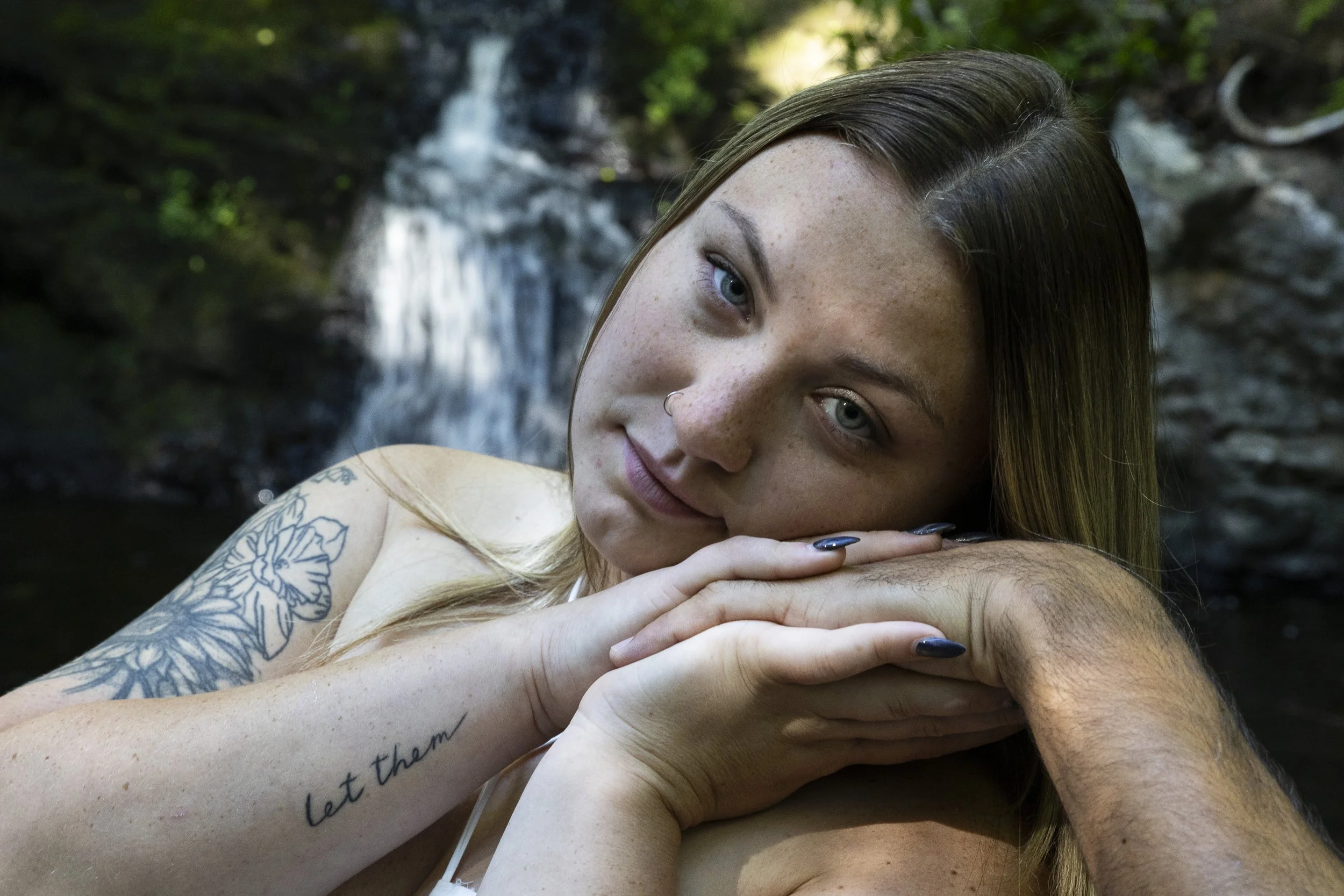
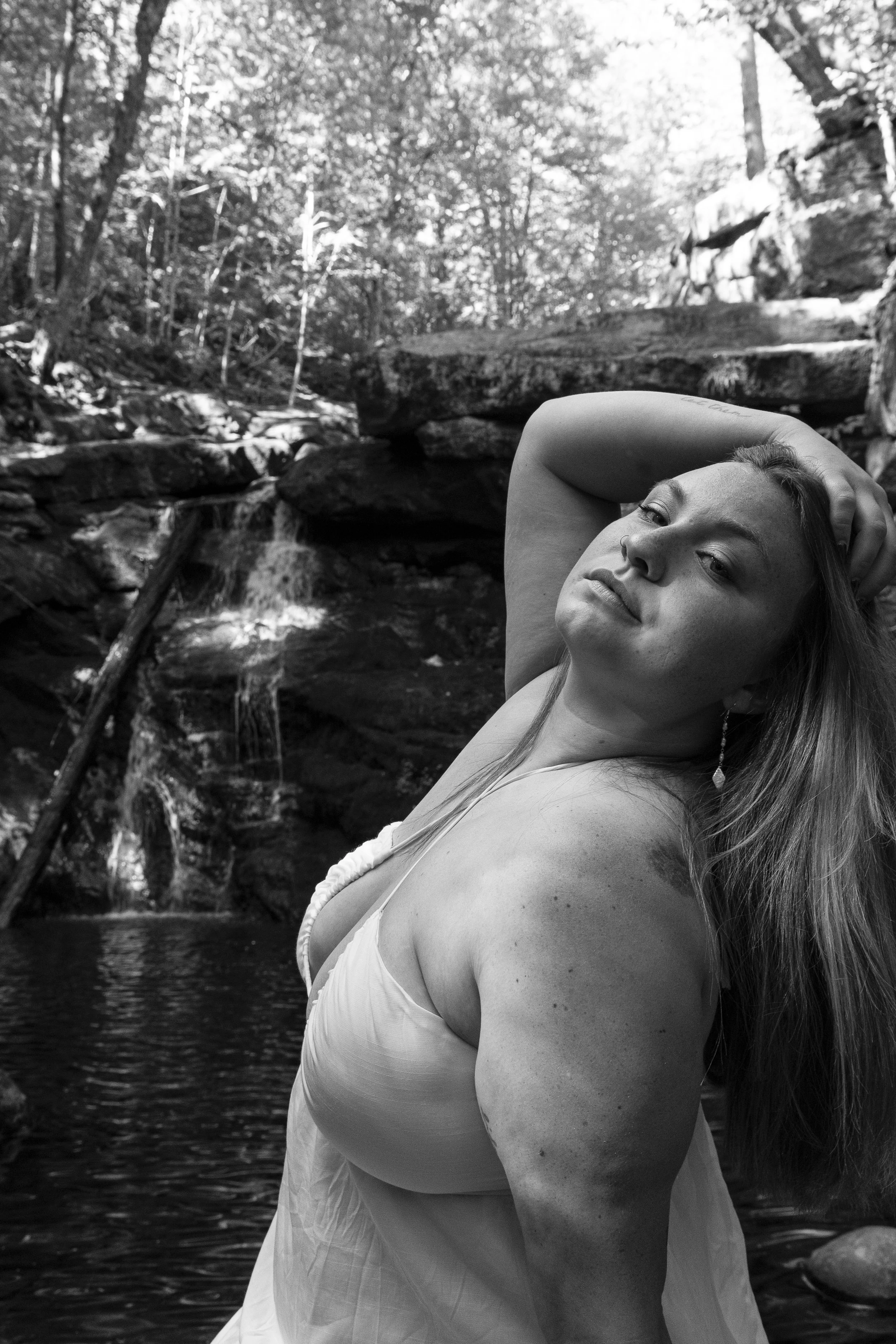
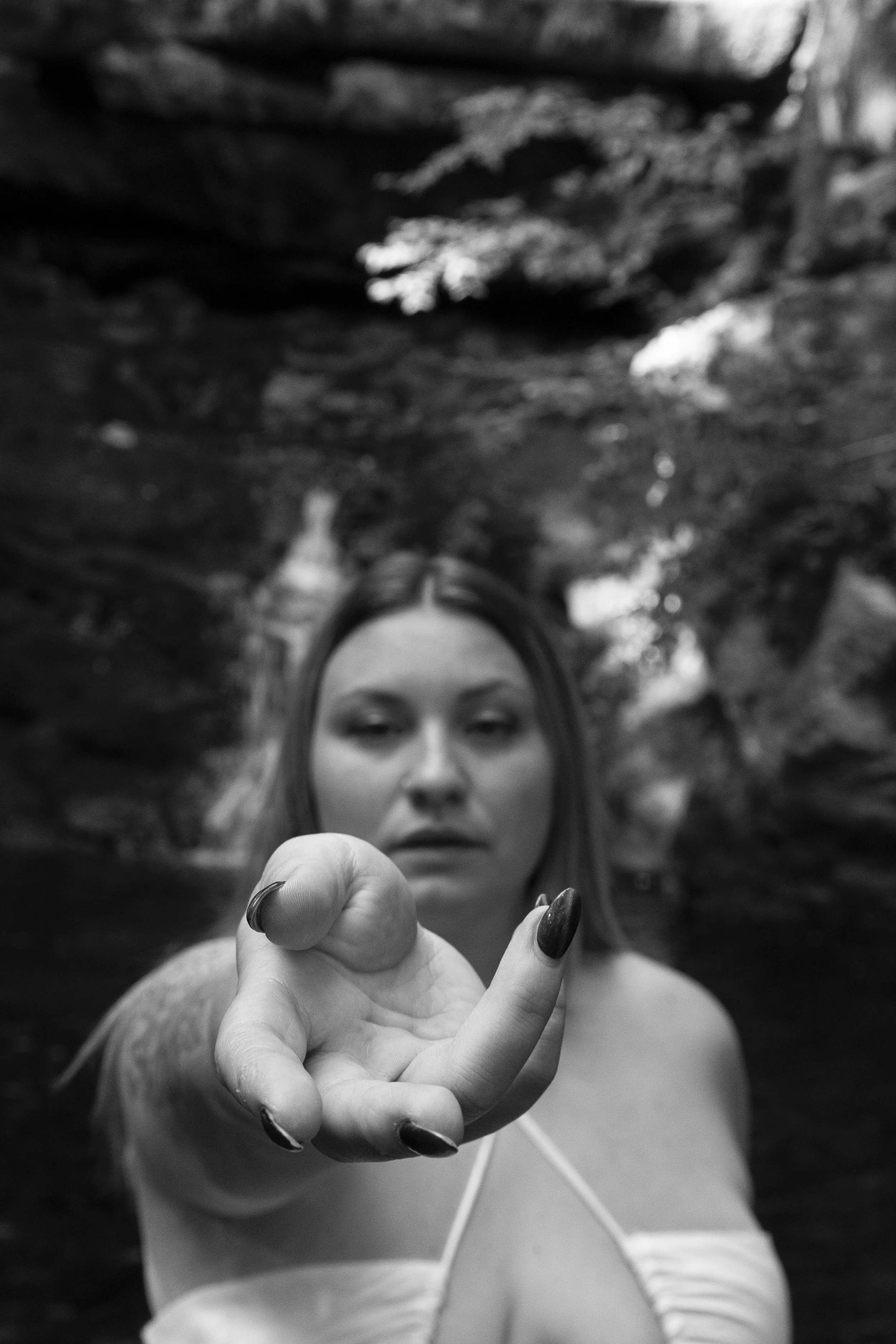
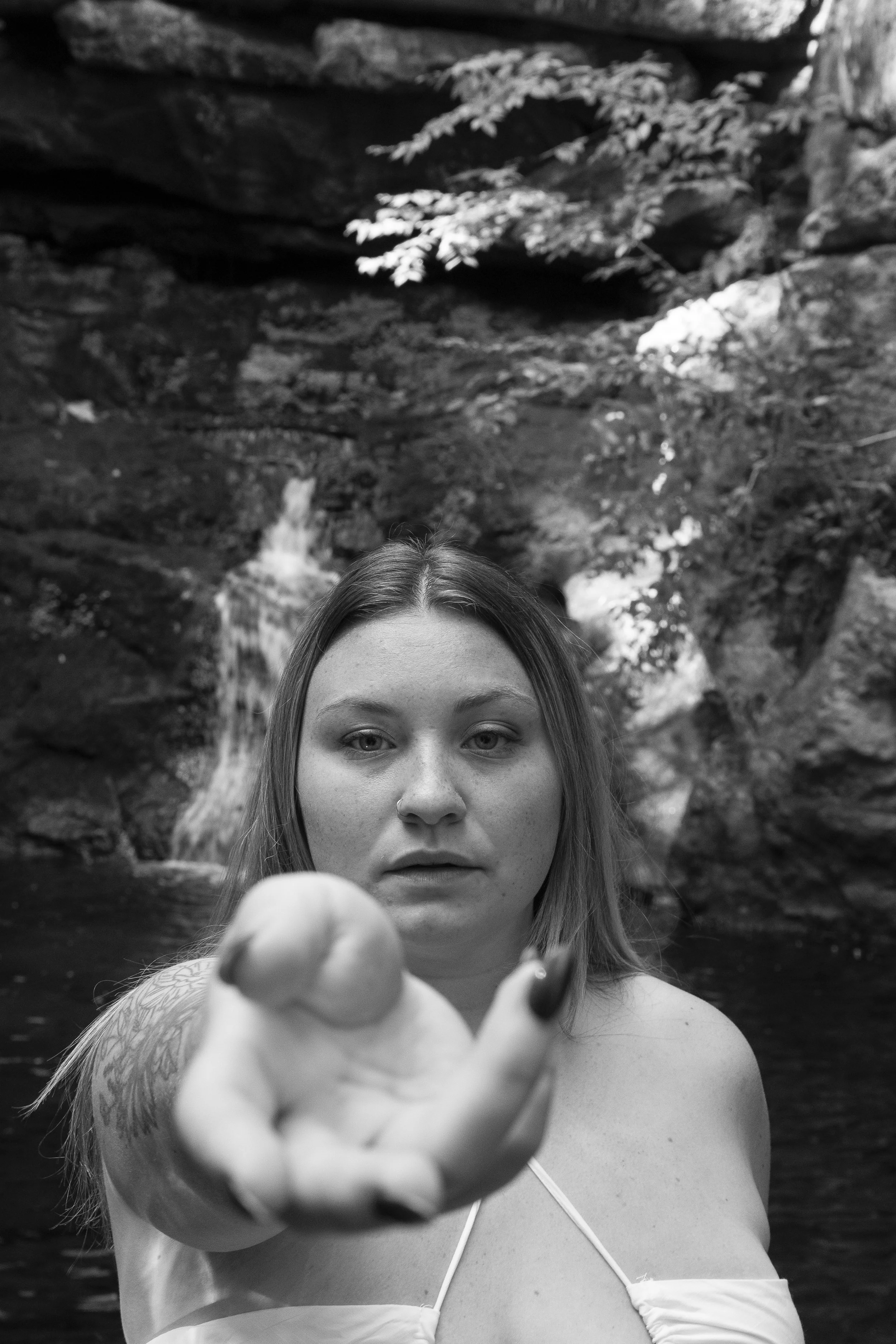
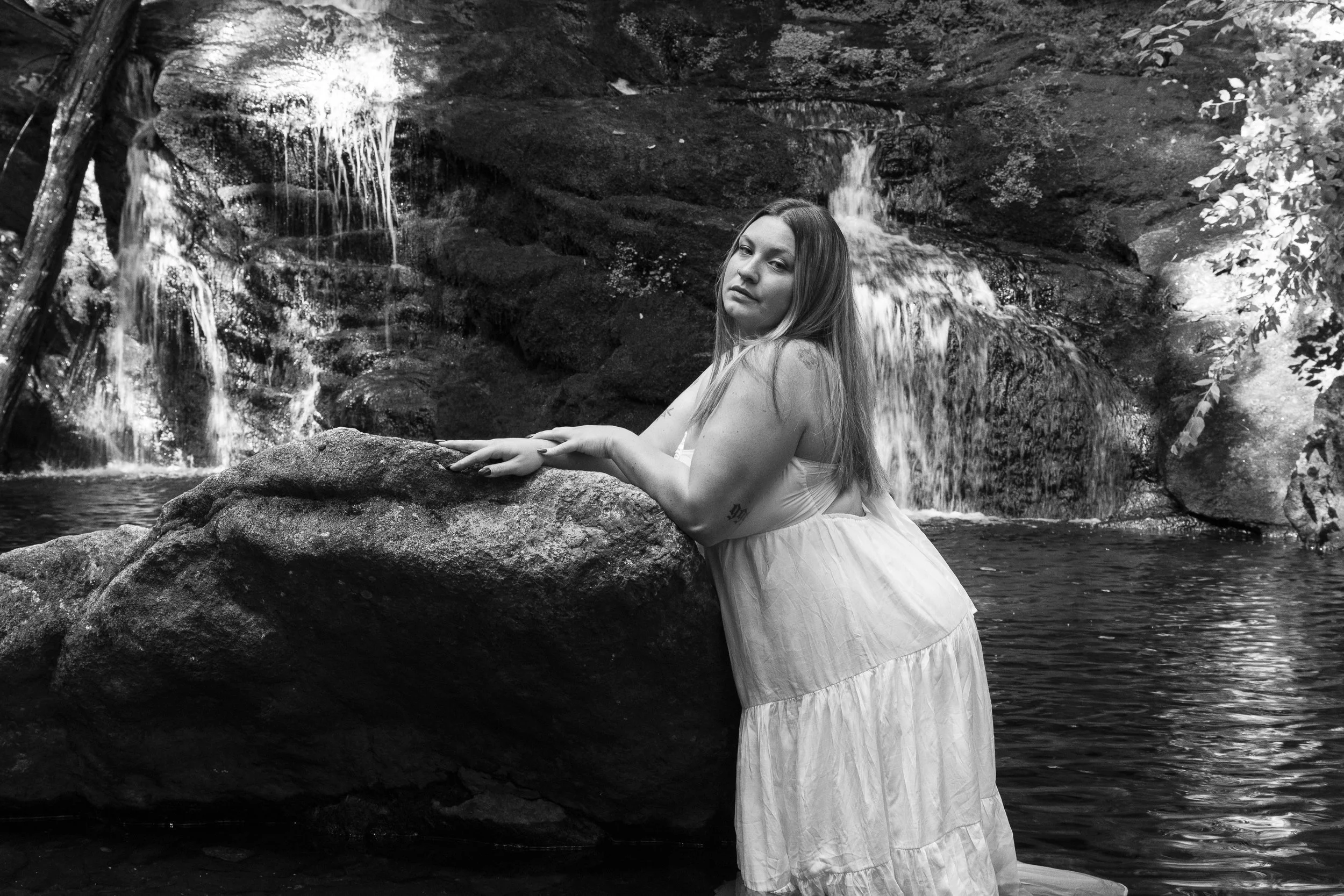
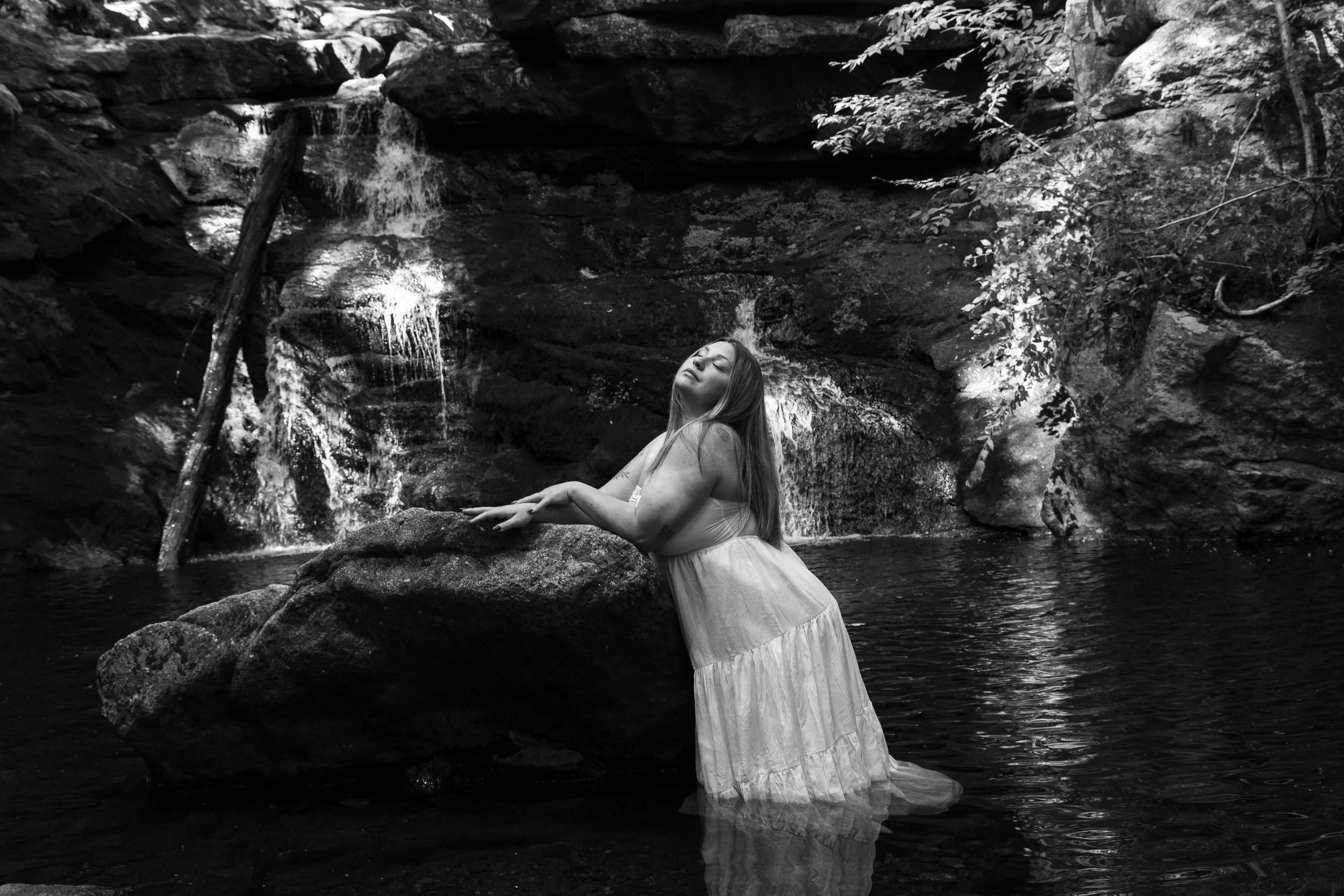
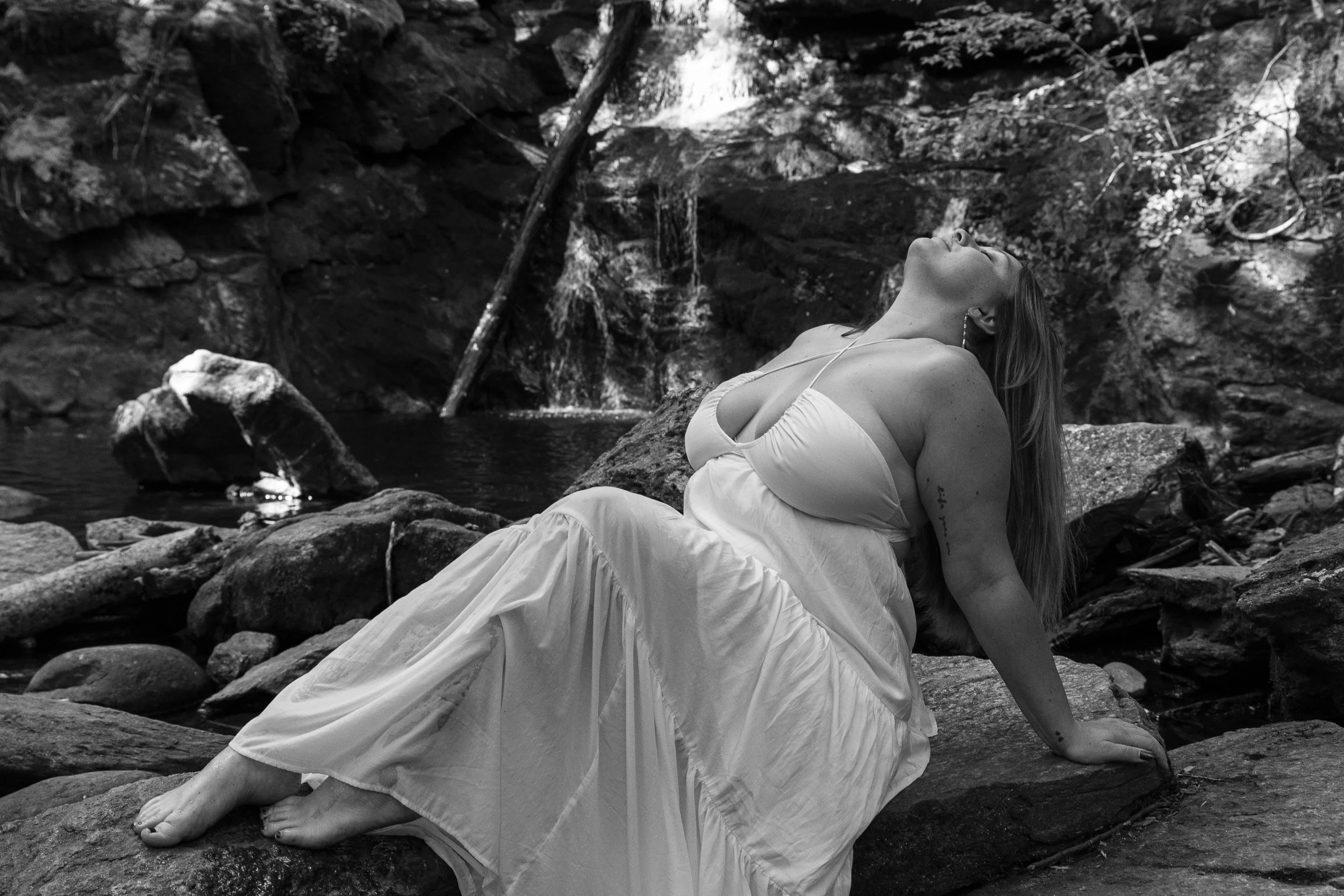
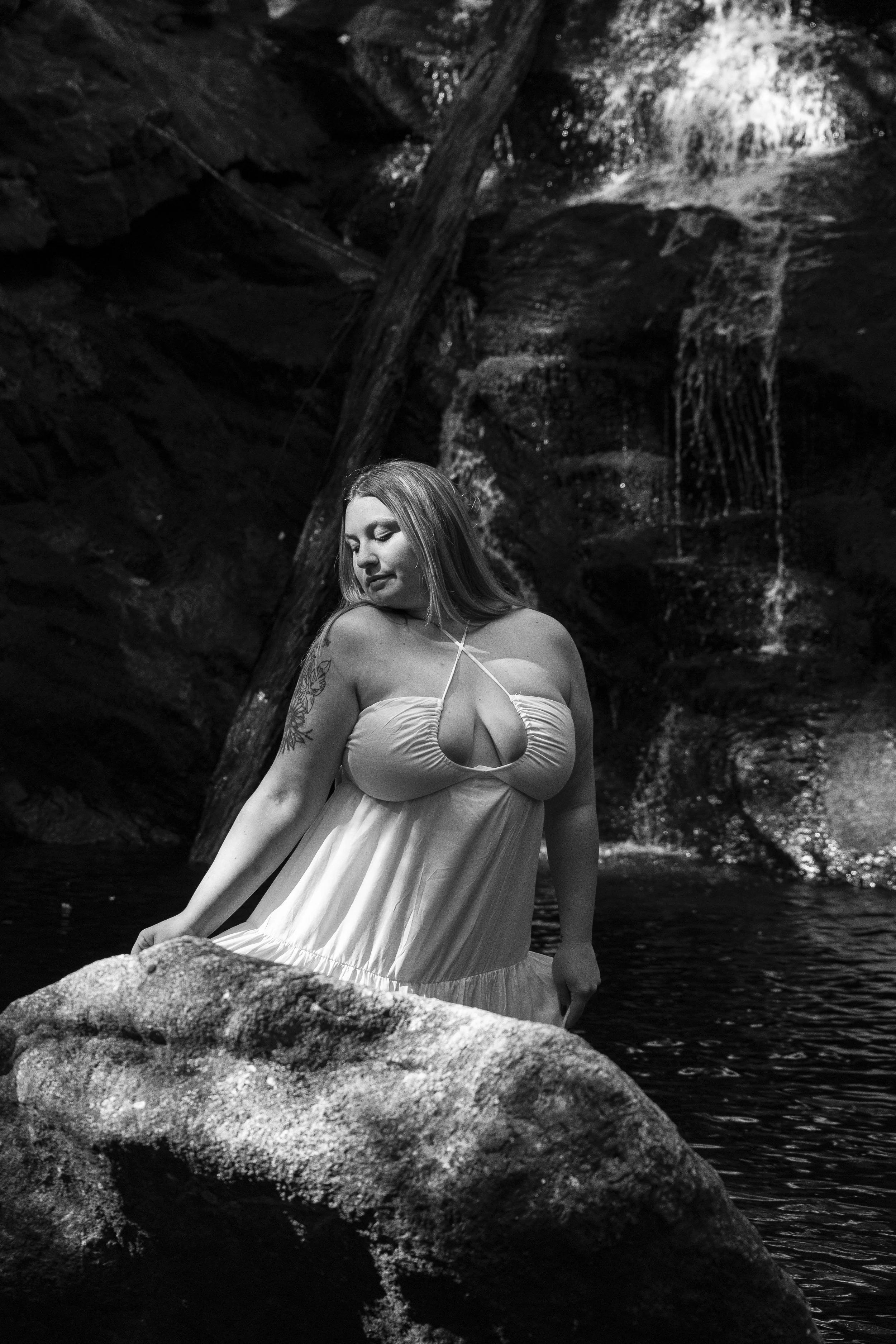
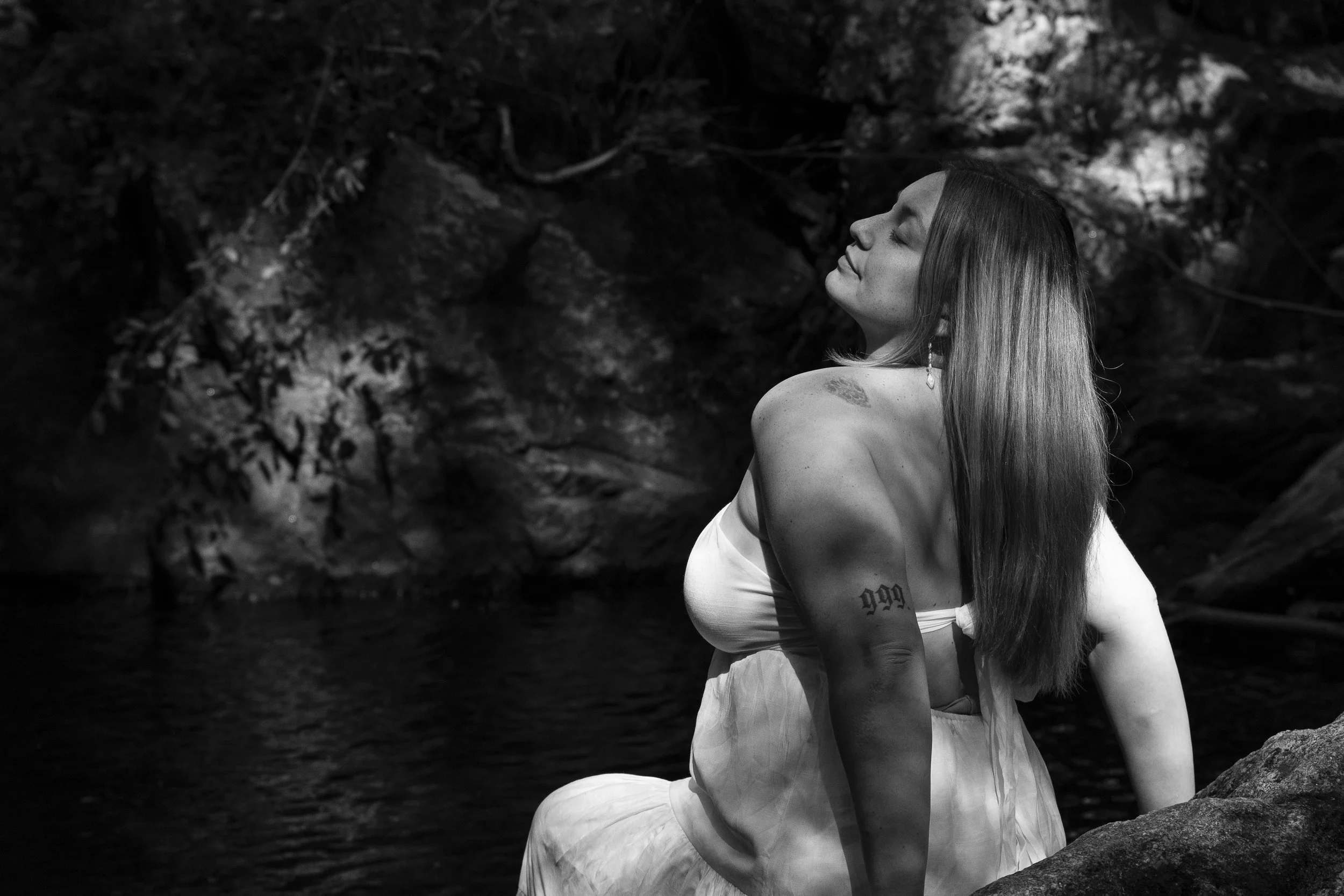
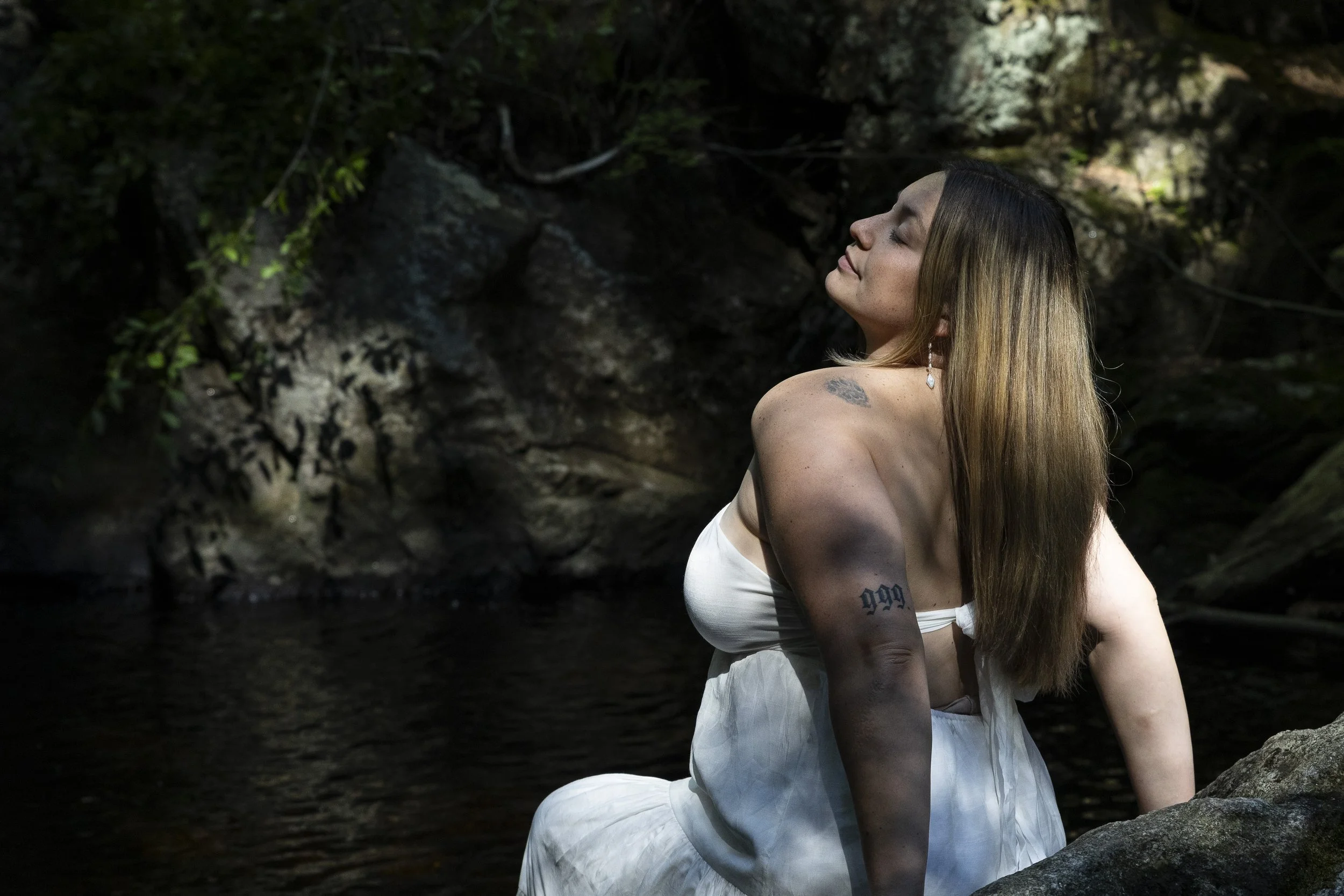
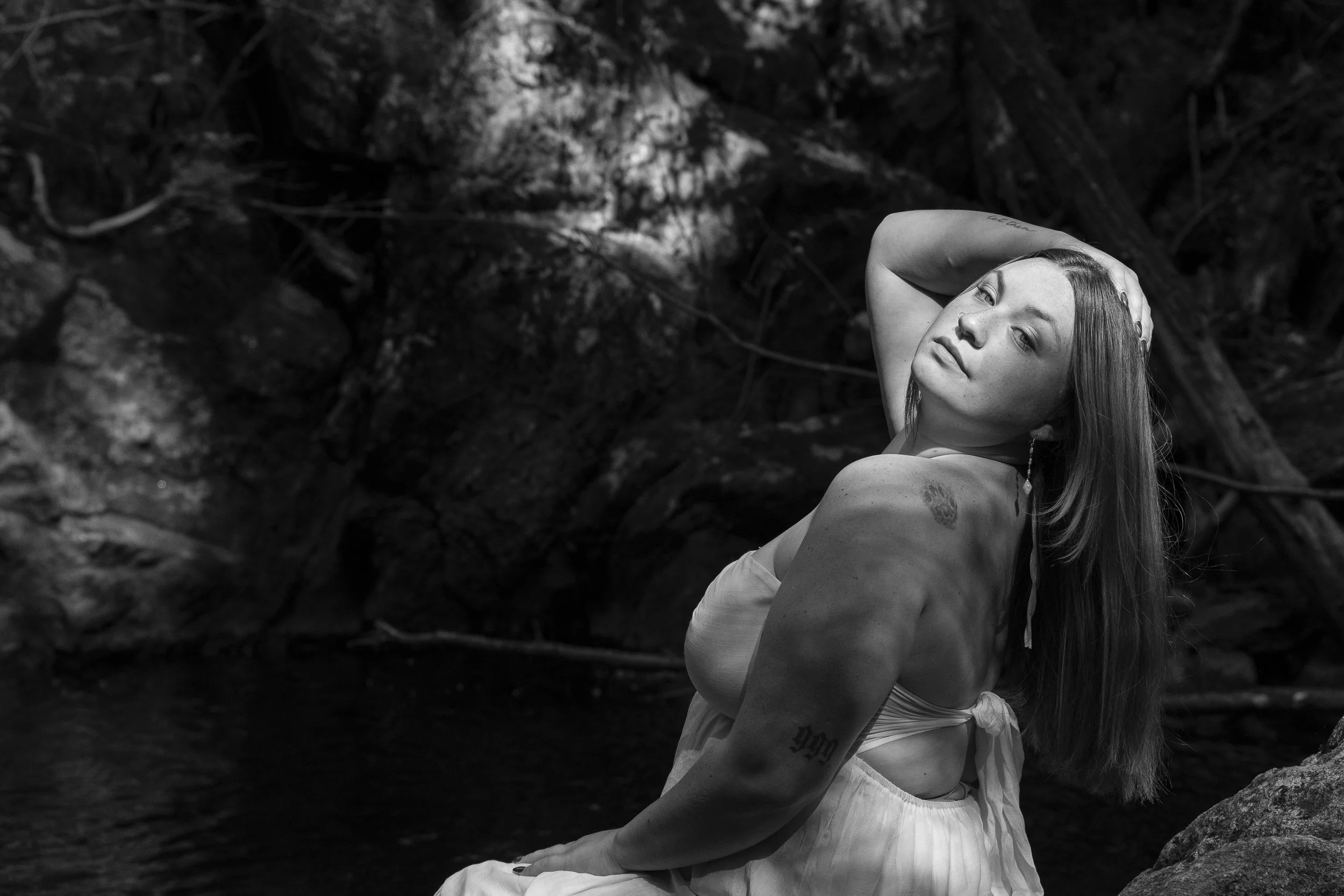
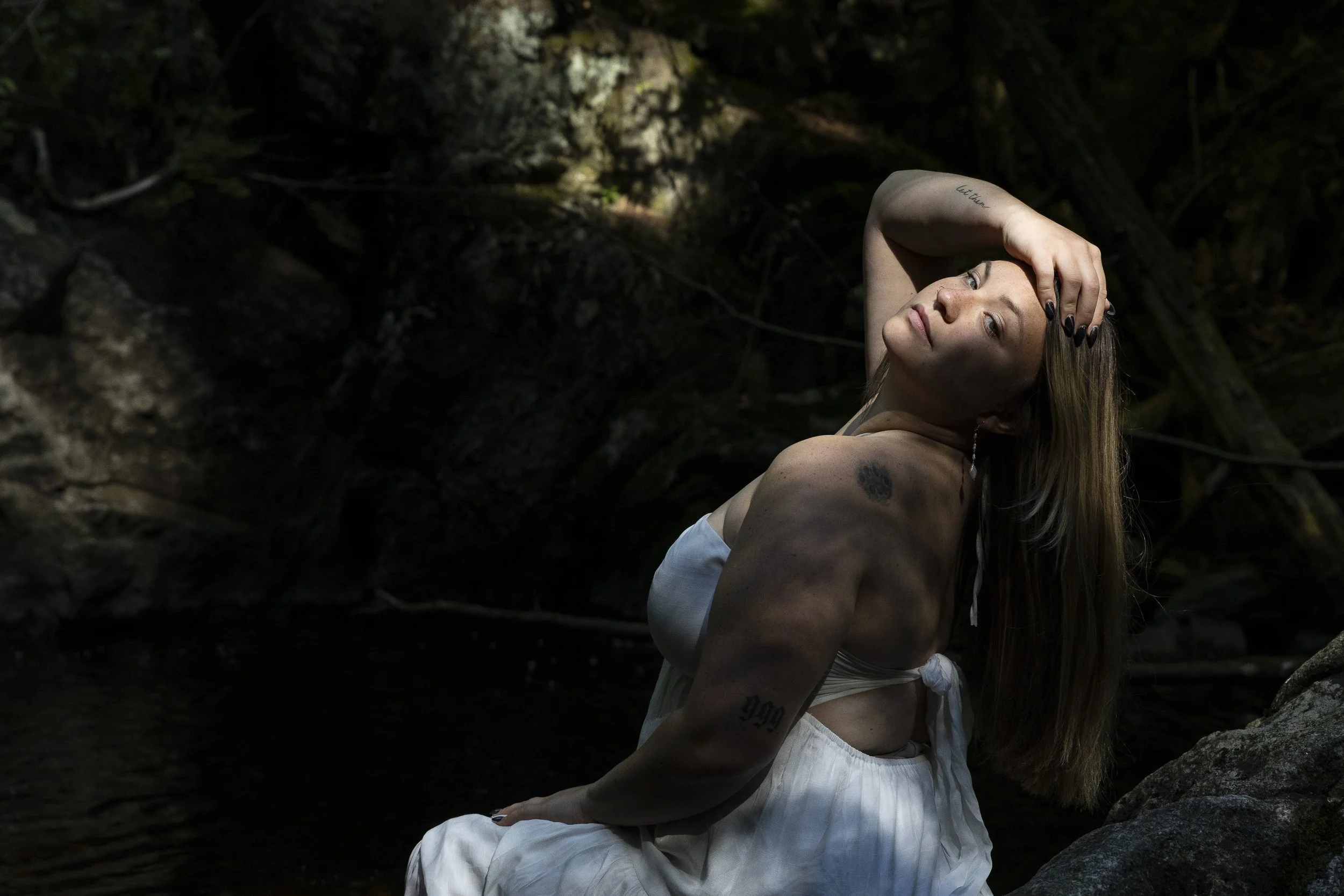
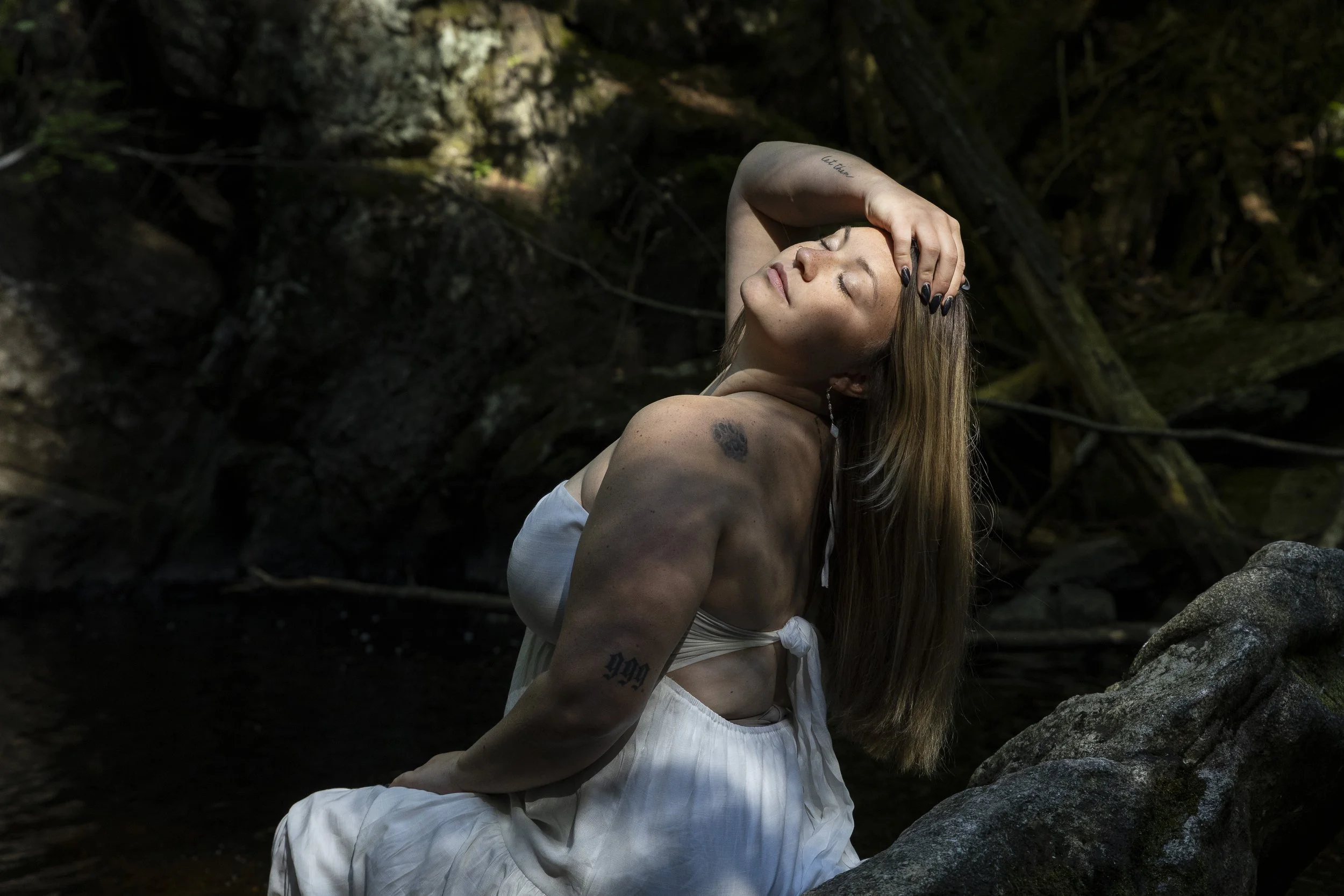
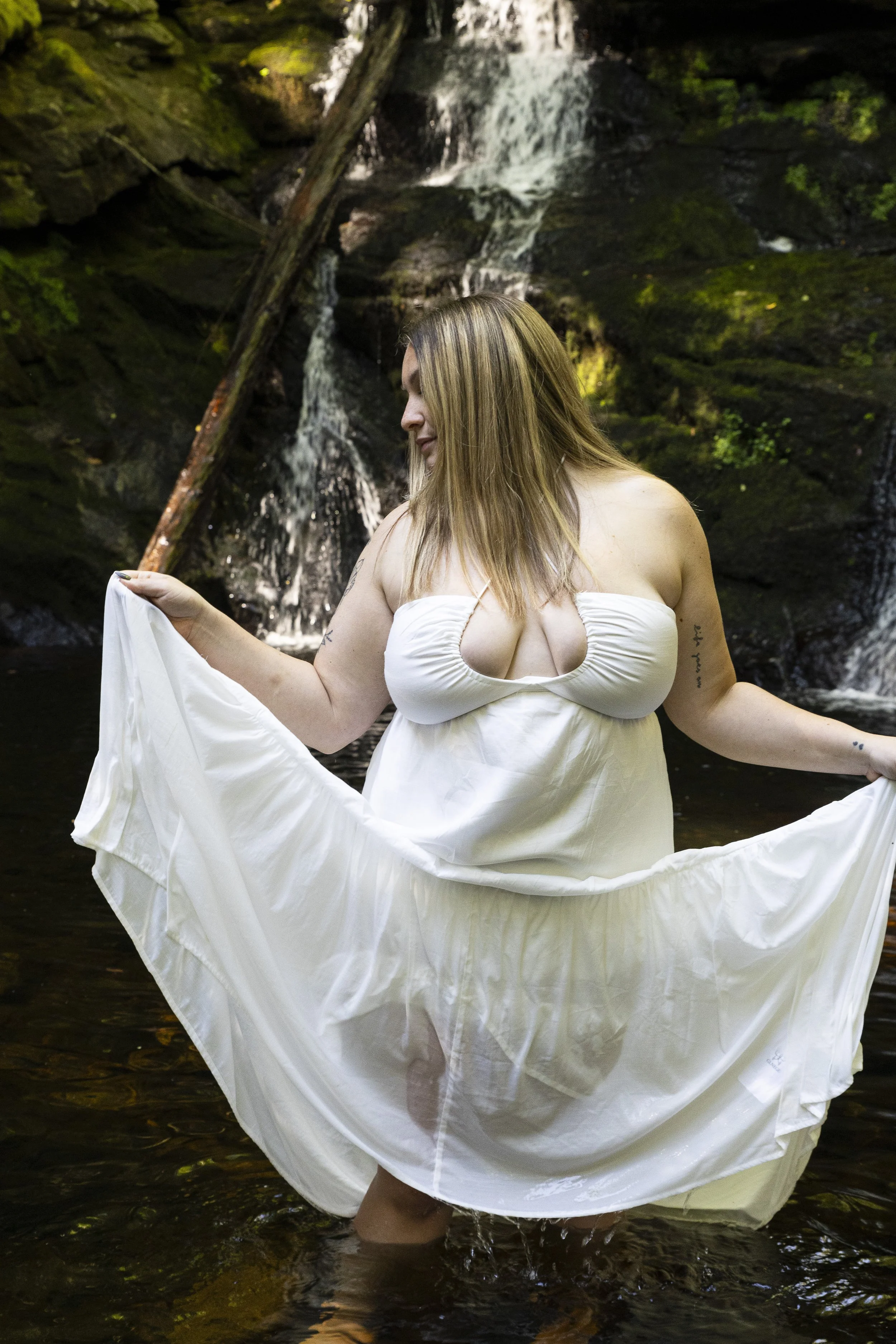
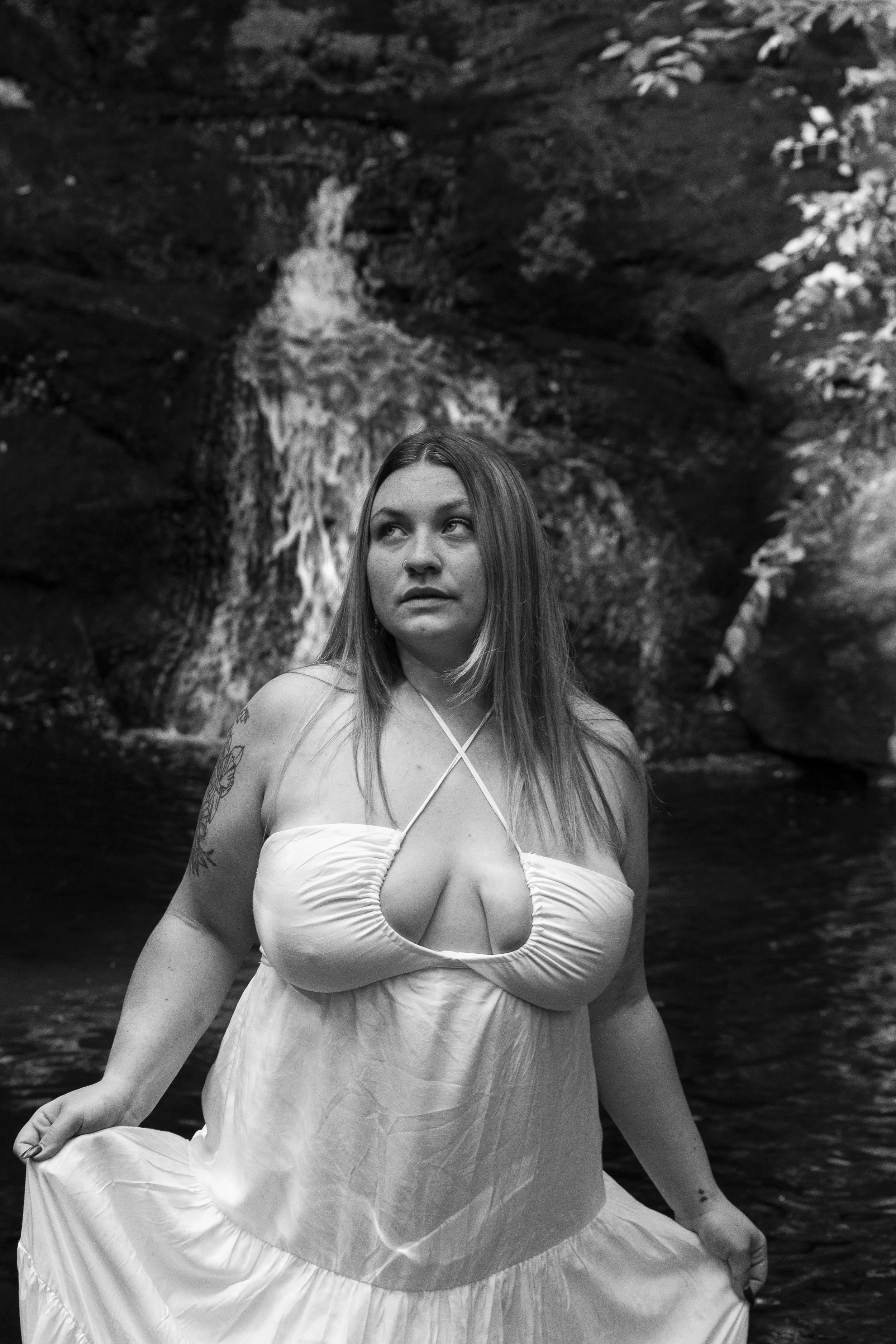
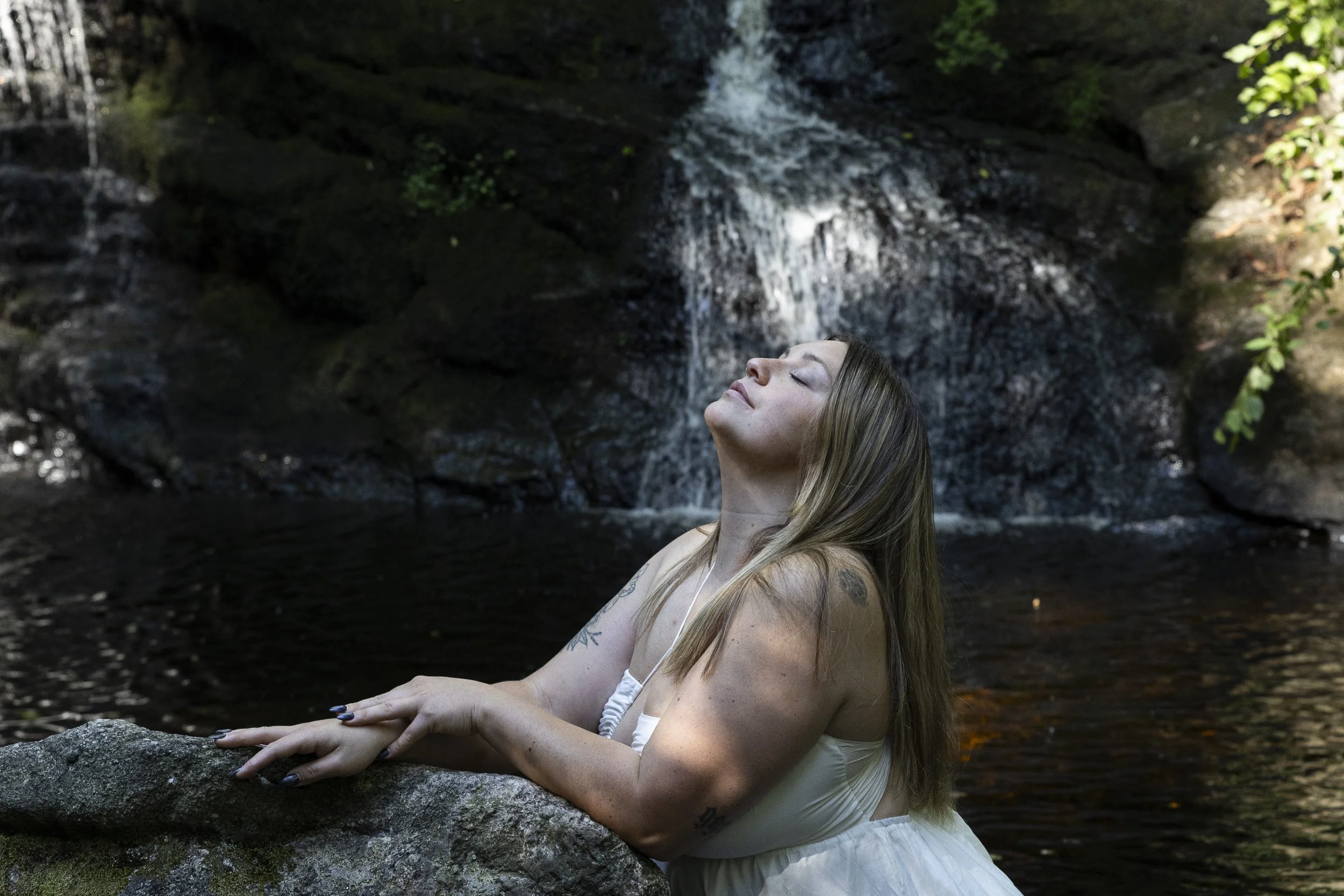
Think of a concept. This is something that you have to do before you even approach somebody about photographing them. This is one of the first questions a model is going to ask you when you talk about shooting together. If your concept is not solid or properly laid out, you may not hear from her again.
Adapt your concept to the model. As solid and interesting as your concept may be, it may not apply to the model you are talking to, so you can take more compelling images. The physical build and ethnicity of the model are crucial elements for you to take into account. Everyone is beautiful, and it is our job to highlight that beauty with our concept.
Listen to the model. You may have planned and laid out everything, but the reality is that your model may have his/her own idea, and maybe those ideas can make your photos or your project even better. Don’t forget that many models are already familiar with conceptualization and photo shoots, and most of them have intermediate to high photography knowledge, with some even taking photos themselves.
Write and discuss a contract with the model. Even when there is no financial transaction involved, a contract has to be written and signed by both parties. Such document should include the whole nature of the shoot, protection and waiver of image rights for both photographer and model, rights and obligations for both parties, price of the shoot if there is payment or clarification that there is no transaction, a privacy protection commitment, the full name of both parties and their signatures. Each party should have a copy of the contract.
Make sure there is a third person present during the shoot. Whether included in the contract or not, it is important to have a witness to the shoot, especially if you have never worked with such model before. This applies mainly to instances in which the model is female and the photographer is male, in which case I recommend that the third person is someone the model brings. Yet, a third person is always necessary.
Be personable and friendly. Any photographer who does portraits is required to connect with the model. In order to do that, it is important that the model feels comfortable and engaged to the point of thinking they are just enjoying time with a friend. That will make your photos better.
Involve the model in the creative process. The same way it is good to listen to the model’s concept and ideas, it is also good to engage the model in the creative process. That includes having him/her help you decide which photo is better between two of them, and which photo would be the ‘face’ of the series. As the author and copyright holder of the photos, you have the final say, but the model’s opinion should also matter.
Do not post until you have shared the pictures with the model. It is common courtesy, mainly if the shoot was TFP, to share the photos with the model before posting. She/he may not like a pose or how she/he looks in one of them and not be willing to have that photo reach the public.
Tag and give credit to the model when posting. This goes both ways: when the model posts, she/he should give credit to the photographer. The photographer should do the same, as it will give both parties exposure and draw attention to the other’s work. After all, most of the TFP shoots have that goal.

